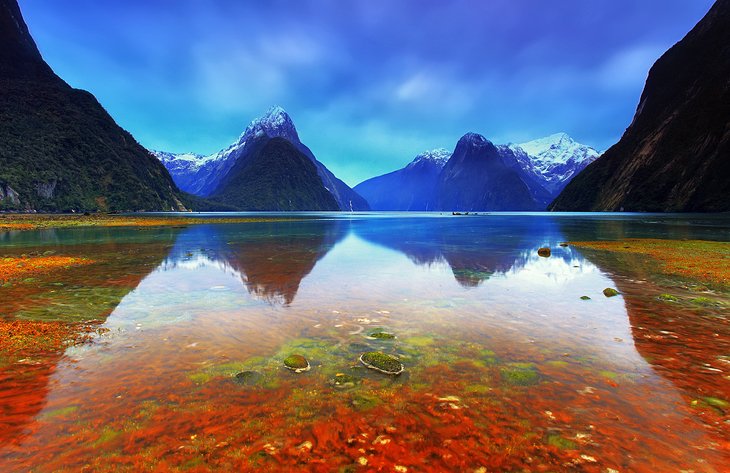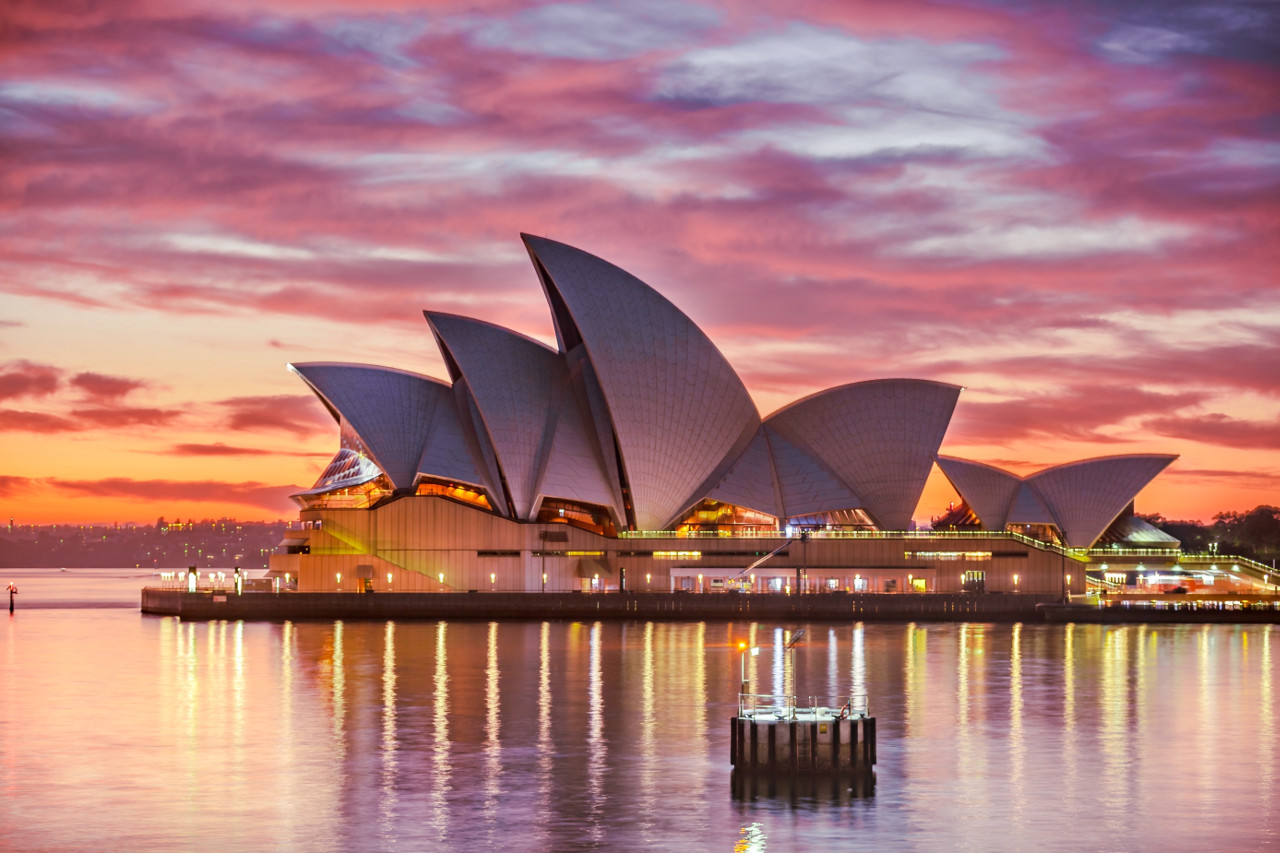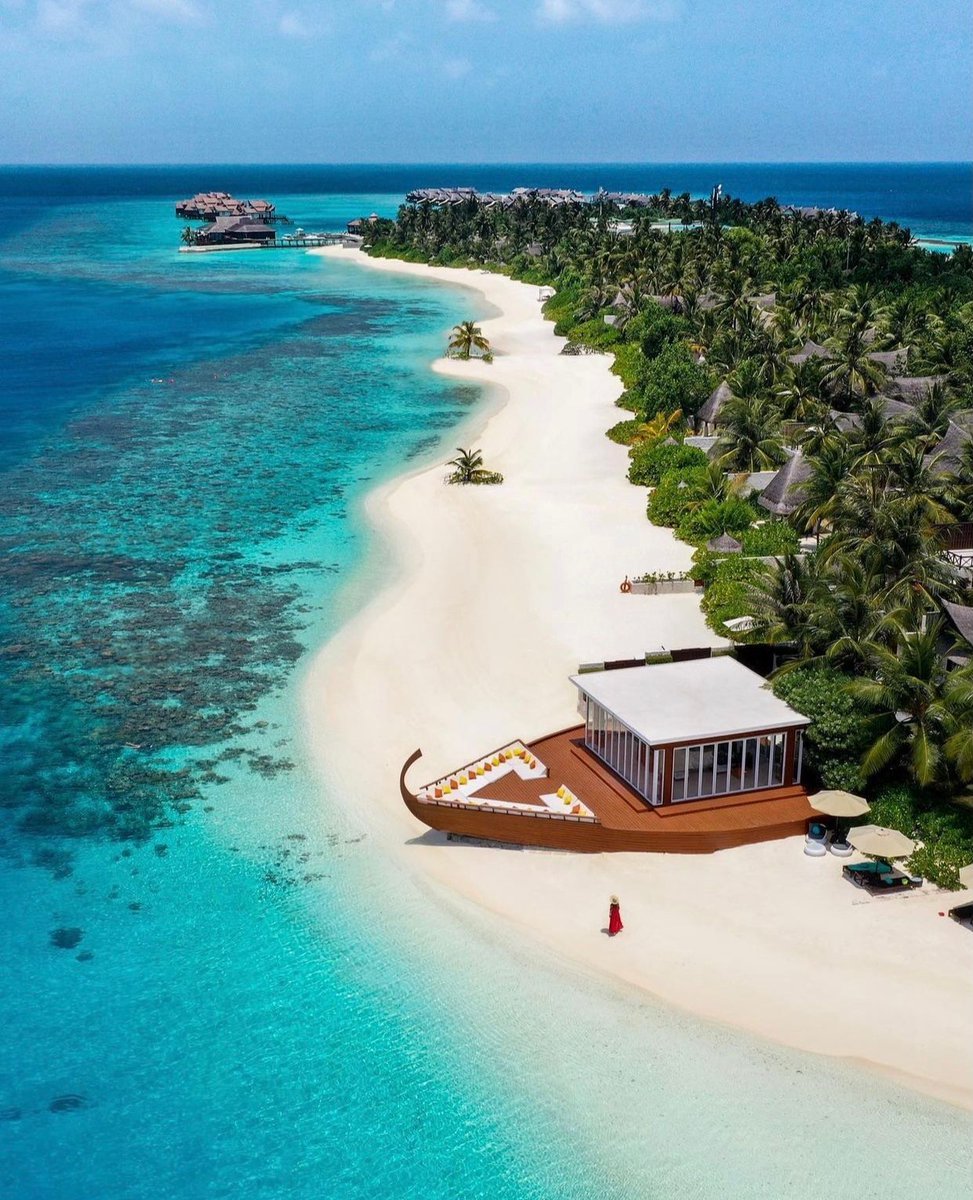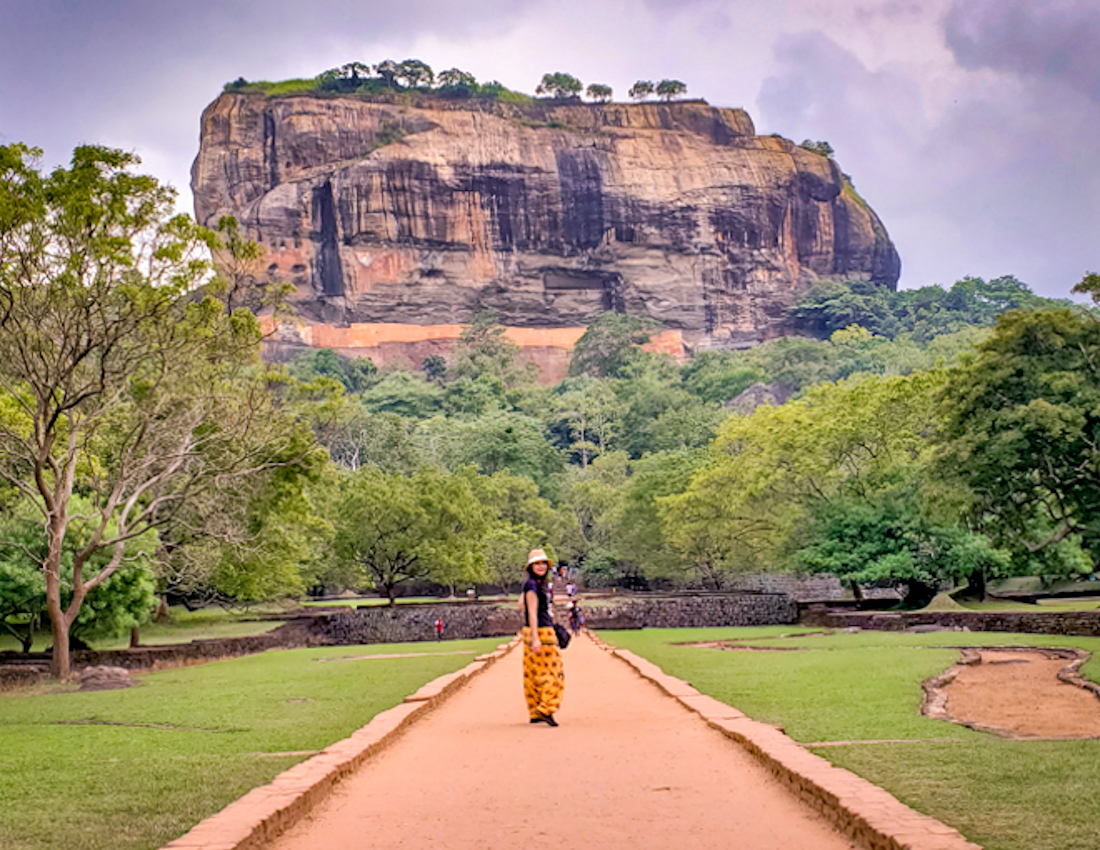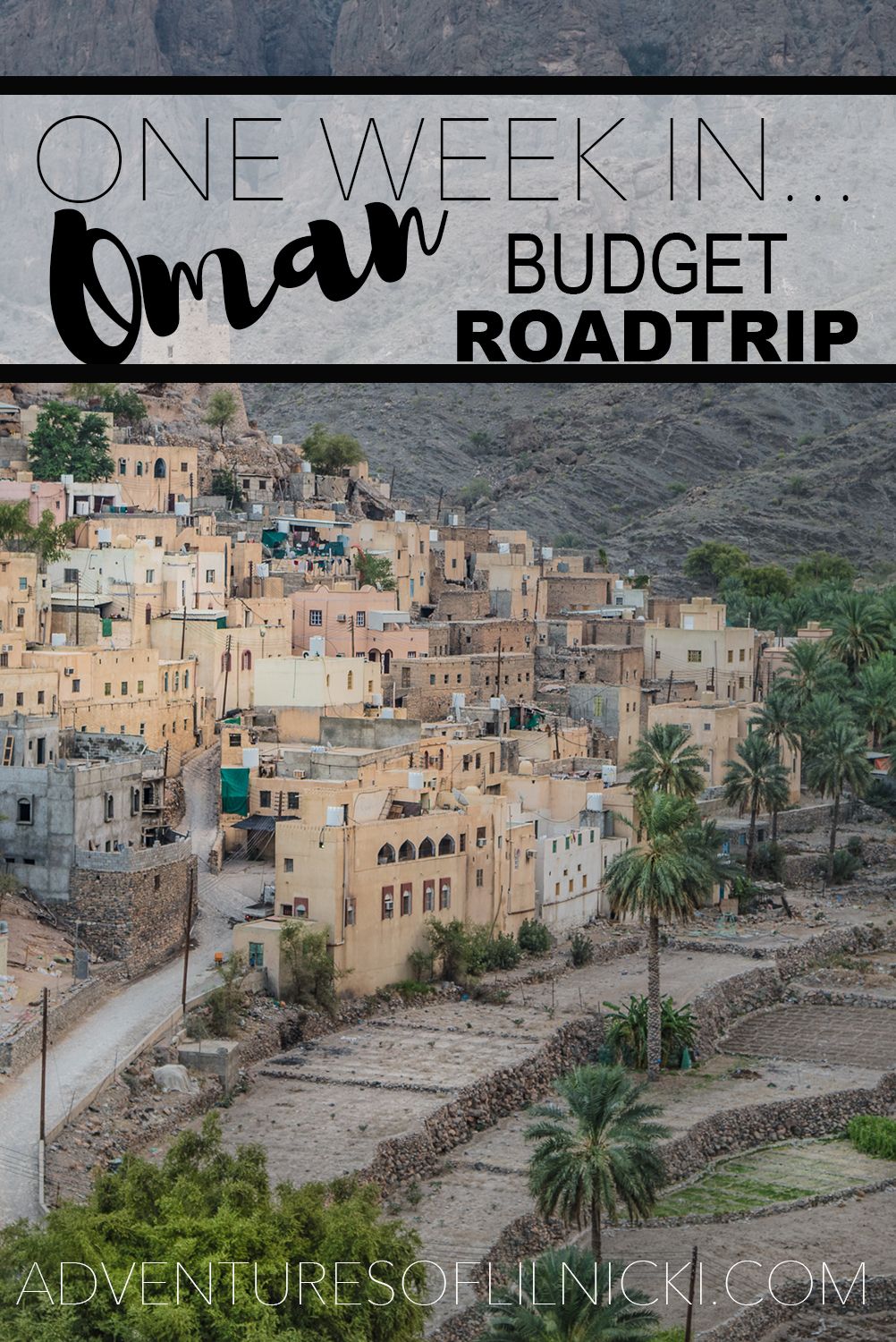
The Arabian Peninsula, a land steeped in ancient history, breathtaking desert landscapes, and vibrant modern cities, often conjures images of opulence and luxury. Yet, beneath the glittering facades of its metropolises and the vast, unyielding sands of its deserts, lies a surprisingly accessible and rewarding destination for the budget traveler. From the spice-scented souks of Oman to the ancient ruins of Saudi Arabia and the burgeoning cultural hubs of the UAE, the Arabian Peninsula offers an immersive experience that doesn’t require a king’s ransom. This article will guide you through the fascinating world of budget travel in this captivating region, exploring its rich history, uncovering its most alluring attractions, and equipping you with the essential tips for an unforgettable adventure.
A Tapestry of Time: A Brief History of the Arabian Peninsula
To truly appreciate the Arabian Peninsula, a glance at its historical tapestry is essential. For millennia, this region has been a crossroads of civilizations, a vital artery for trade routes connecting East and West. The ancient incense and spice trade, routes that fueled the rise of empires and the spread of cultures, traversed these lands. The advent of Islam in the 7th century profoundly shaped the Peninsula, establishing Mecca and Medina as holy cities and transforming the socio-political landscape.
Related Articles about The Arabian Dream on a Shoestring: Budget Travel in the Peninsula:
- Cambodia: A Tapestry of Ancient Wonders, Resilient Spirit, and Culinary Delights
- Budapest’s Grandeur: A Journey Through Top Hotels and Timeless Charm
- Journey to the Sky: Unveiling the Best Destinations in the Himalayas
- A Traveler’s Tapestry: Your Comprehensive Guide to Malaysia
- Ascending to the Gods: Your Essential Guide to Visiting the Acropolis of Athens
Centuries of tribal traditions, seafaring prowess in coastal areas, and nomadic life in the interior have left an indelible mark on the region’s cultural heritage. The discovery of oil in the 20th century ushered in an era of unprecedented economic transformation, particularly in countries like Saudi Arabia, the UAE, Qatar, and Kuwait. While this wealth has fueled rapid modernization and the development of iconic skylines, the underlying historical narratives and traditional ways of life persist, offering a captivating contrast for the discerning traveler. Understanding this historical context enriches every experience, from exploring ancient forts to navigating bustling souks.
Unveiling the Treasures: Main Attractions for the Budget Explorer
While the iconic skyscrapers of Dubai or the opulent hotels of Abu Dhabi might be the first images that come to mind, the Arabian Peninsula is brimming with budget-friendly attractions that offer authentic cultural immersion and breathtaking natural beauty.
Oman: The Jewel of Arabia: Often hailed as the most budget-friendly of the GCC nations, Oman offers a stunning array of natural wonders and historical sites.
- Muscat: Explore the Grand Mosque, a marvel of Islamic architecture (free entry with modest dress code). Wander through the vibrant Mutrah Souk, where you can haggle for spices, textiles, and silver jewelry. Visit the Al Jalali and Al Mirani forts overlooking the harbor (exterior views are free, interior tours may have a small fee). Enjoy a stroll along the picturesque Corniche.
- Nizwa: The former capital, Nizwa, is a must-visit for its imposing Nizwa Fort (modest entrance fee) and its lively Friday cattle market, a truly authentic cultural spectacle.
- Wadis: Embark on an unforgettable adventure to the numerous wadis (riverbeds) like Wadi Shab and Wadi Bani Khalid. These oases offer crystal-clear pools for swimming, hiking opportunities, and stunning rock formations. Pack your own snacks and water to make this a completely free or very low-cost day trip.
- Desert Safaris: While luxury desert camps can be expensive, consider a day trip to the Wahiba Sands for a thrilling dune bashing experience (negotiate prices with local operators) or simply camp under the stars for a truly immersive and affordable desert experience.
Saudi Arabia: Unlocking Ancient Secrets: While historically more restricted, Saudi Arabia is rapidly opening up to tourism, revealing its incredible historical riches.
- Al-‘Ula: This UNESCO World Heritage site is a must-see. Marvel at the Mada’in Saleh (Hegra), an ancient Nabataean city with well-preserved tombs carved into sandstone cliffs (entry fees apply, but well worth it). Explore Dadan and Jebel Ikmah, sites showcasing ancient inscriptions and rock art.
- Jeddah: Explore the historic Al-Balad district, a UNESCO World Heritage site with its unique coral stone architecture, narrow alleyways, and vibrant souks. Visit the Fountain of Jeddah, one of the world’s tallest fountains, visible from the Corniche (free).
- Riyadh: While the capital boasts modern attractions, consider visiting the National Museum of Saudi Arabia (small entrance fee) for a deep dive into the country’s history and culture. Explore the Diriyah, the birthplace of the Saudi state, with its historical mud-brick structures.
United Arab Emirates (UAE): Beyond the Glitz: While Dubai and Abu Dhabi are known for their luxury, they also offer numerous free and affordable experiences.
- Dubai:
- Old Dubai: Explore the Al Fahidi Historical Neighbourhood (formerly Bastakiya), with its wind-tower architecture and art galleries (many free to browse). Take an abra ride across the Dubai Creek for a nominal fee, a quintessential Dubai experience. Wander through the aromatic Spice Souk and the dazzling Gold Souk.
- Beaches: Relax on the public beaches like Kite Beach and JBR Beach (free).
- Street Art & Markets: Discover the vibrant street art scene in Al Karama and explore the quirky Global Village (entry fee is minimal, and you can enjoy the atmosphere without spending much).
- Abu Dhabi:
- Sheikh Zayed Grand Mosque: A truly awe-inspiring architectural masterpiece, this mosque is free to enter and offers guided tours. Remember to dress modestly.
- Corniche: Enjoy a leisurely walk or bike ride along the beautiful Corniche with stunning views of the city skyline and the Arabian Gulf (free).
- Louvre Abu Dhabi: While the entrance fee can be a splurge, consider visiting on a "free access" day if available or focusing on the external architecture and the surrounding area.
Bahrain: The Pearl of the Gulf:
- Bahrain National Museum: Gain insights into the island’s rich history, from ancient Dilmun civilization to its pearl diving heritage (modest entrance fee).
- Bahrain Fort (Qal’at al-Bahrain): Another UNESCO World Heritage site, this ancient fort offers a glimpse into the region’s past (modest entrance fee).
- Manama Souk: Experience the bustling atmosphere, haggle for spices, textiles, and traditional crafts.
- Tree of Life: A natural wonder in the desert, this lone acacia tree has survived for centuries, a symbol of resilience (free).
Qatar: Culture and Coastline:
- Doha:
- Souq Waqif: A meticulously restored traditional market, perfect for exploring, people-watching, and enjoying the atmosphere. Enjoy affordable street food here.
- Museum of Islamic Art: While there’s an entrance fee, the architecture and the exterior grounds are impressive and can be enjoyed for free.
- Katara Cultural Village: A beautifully designed complex showcasing traditional Qatari architecture, art galleries, and performance spaces (many areas are free to explore).
- The Corniche: A popular spot for walking, cycling, and enjoying the city views (free).
Navigating the Sands: Essential Travel Tips for Budget Travelers
Traveling on a budget in the Arabian Peninsula requires a blend of savvy planning and an open mind.
- Embrace Public Transportation: While taxis are abundant, opting for public buses (especially in cities like Dubai and Abu Dhabi) is significantly cheaper. Purchase a Nol card in the UAE for easy payment. Intercity buses connect major cities within each country and often between neighboring nations.
- Haggle Respectfully: In souks and smaller shops, haggling is expected. Do so with a smile and a friendly demeanor. Know the approximate value of what you’re buying to avoid overpaying.
- Street Food and Local Eateries: The best and most affordable food is often found in local eateries and street food stalls. Don’t be afraid to try them; they offer authentic flavors and are easy on the wallet. Look for places frequented by locals.
- Accommodation Choices:
- Hostels: While less common than in other regions, some cities, particularly Dubai, are seeing an increase in hostel options.
- Budget Hotels/Guesthouses: In smaller towns and less touristy areas, you’ll find more affordable guesthouses and smaller hotels.
- Airbnb: Consider renting a room or an apartment on Airbnb, especially if traveling with a group, as it can often be more cost-effective than hotels and allows for self-catering.
- Camping: For the truly adventurous, camping in the desert or designated camping areas can be an incredibly budget-friendly and memorable experience. Ensure you have the necessary gear and knowledge of local regulations.
- Hydration is Key: The climate is often hot and dry. Carry a reusable water bottle and refill it whenever possible. Many public places and hotels offer free water refills.
- Dress Modestly: This is crucial, especially when visiting religious sites and in more conservative areas. Women should cover their shoulders and knees. Men should avoid sleeveless shirts and shorts in public. Respect local customs.
- Off-Season Travel: While the peak tourist season offers pleasant weather, traveling during the shoulder seasons can lead to lower prices for flights and accommodation. Be prepared for warmer temperatures during these times.
- Free Activities: Many attractions, like beaches, Corniches, and exploring historical districts, are free. Plan your itinerary to incorporate these.
- Look for Free Walking Tours: Some cities offer free walking tours (tip-based), which are a great way to get acquainted with the city and its history.
- Travel Insurance: Essential for any trip, but particularly important when venturing into remote areas.
The Golden Window: Best Time to Visit
The most comfortable time to visit the Arabian Peninsula for budget travelers is generally during the cooler months, from October to April. During this period, temperatures are more pleasant for outdoor exploration.
- October to November & March to April (Shoulder Seasons): These months offer a good balance of pleasant weather and slightly lower prices than the peak winter months. You’ll experience fewer crowds and can still enjoy comfortable temperatures for sightseeing.
- December to February (Peak Season): This is the most popular time to visit, with ideal weather for outdoor activities. However, prices for flights and accommodation will be at their highest. If your budget allows, this is a fantastic time to experience the region.
- May to September (Summer): These months are characterized by extreme heat and humidity, making outdoor activities challenging. While you might find lower prices, it’s generally not recommended for budget travelers unless you are primarily interested in indoor attractions and air-conditioned environments.
Rest Your Head: Nearby Hotels and Accommodation Options
When searching for budget-friendly accommodation, consider the following strategies:
- Utilize Booking Platforms: Websites like Booking.com, Agoda, and Hostelworld allow you to filter by price and read reviews from other travelers.
- Look for Hotels Outside Prime Tourist Zones: Accommodation prices tend to be lower a few kilometers away from the most popular attractions.
- Consider Serviced Apartments: These can be a good option for longer stays, offering kitchen facilities and more space, potentially saving on food costs.
- Research Local Guesthouses: In smaller towns and historical districts, you might find charming and affordable guesthouses.
Examples of Budget-Friendly Accommodation (Prices vary greatly):
- Dubai: Look for hotels in areas like Deira, Bur Dubai, or even further out in the newer communities where prices can be more competitive. Hostels like Emrate Hostel or Gulf Inn Hotel Dubai offer dorm beds at attractive prices.
- Muscat: Areas around Ruwi or exploring smaller hotels away from the main tourist hubs can yield better deals.
- Jeddah: Consider hotels in the northern districts or smaller guesthouses in the Al-Balad area.
- Doha: Explore areas outside the immediate West Bay business district for more affordable options. Souq Waqif often has some budget-friendly boutique hotels.
A Feast for the Senses: Local Food on a Budget
The Arabian Peninsula boasts a rich culinary heritage, and thankfully, many of its most delicious and authentic dishes are also incredibly affordable.
- Shawarma: A ubiquitous and budget-friendly option found everywhere, from street stalls to small restaurants. Thinly sliced meat (chicken, lamb, or beef) roasted on a spit, served in pita bread with vegetables and sauces.
- Falafel: Another popular and inexpensive street food, made from mashed chickpeas or fava beans, deep-fried and served in pita bread or as a side.
- Hummus and Mutabal: Creamy chickpea dip and smoky eggplant dip, perfect for sharing with warm bread.
- Machboos/Kabsa: A flavorful rice dish cooked with spices and meat (chicken, lamb, or fish). While some restaurants serve elaborate versions, you can often find more affordable local versions.
- Luqaimat: Sweet, doughy dumplings deep-fried and drizzled with date syrup. A delightful and cheap dessert.
- Fresh Dates: A staple of the Arabian diet, dates are incredibly nutritious and widely available. Enjoy them as a snack or with your coffee.
- Arabic Coffee (Gahwa) and Dates: A cultural ritual, enjoying a cup of Arabic coffee with a few dates is a common and affordable experience.
Where to Find Them:
- Local Cafes and Eateries: Seek out small, unassuming restaurants frequented by locals.
- Street Food Stalls: Especially in souks and busy areas, these offer quick and delicious bites.
- Food Courts in Malls: While not the most authentic, they offer a wide variety of options at reasonable prices.
Getting Around: Transportation Options
- Intercity Buses: The most budget-friendly way to travel between cities and countries. Companies like Mwasalat in Oman, SAPTCO in Saudi Arabia, and Mowasalat in Qatar offer comfortable and affordable services.
- Taxis: Available in all major cities. Always agree on a fare before starting your journey, or ensure the meter is used. Negotiate for longer distances.
- Ride-Sharing Apps: Services like Uber and Careem (now part of Uber) operate in many cities and can be a convenient and often more transparent option than traditional taxis.
- Car Rentals: While more expensive, renting a car offers flexibility, especially for exploring remote areas. However, be aware of driving customs and local road conditions.
- Abra (Dubai Creek): A traditional wooden boat used to ferry passengers across Dubai Creek for a very small fee. A must-do for a budget traveler.
- Metro Systems (Dubai & Doha): Efficient and affordable ways to navigate these cities.
The Arabian Adventure Awaits
The Arabian Peninsula, with its rich history, diverse landscapes, and welcoming culture, offers a compelling travel experience that is far more accessible to the budget traveler than commonly perceived. By embracing local transportation, seeking out affordable culinary delights, and focusing on the region’s incredible natural and historical treasures, you can craft an unforgettable journey without breaking the bank. So, pack your sense of adventure, respect the local customs, and prepare to be captivated by the magic of the Arabian dream, experienced on your own terms and on your own budget.



